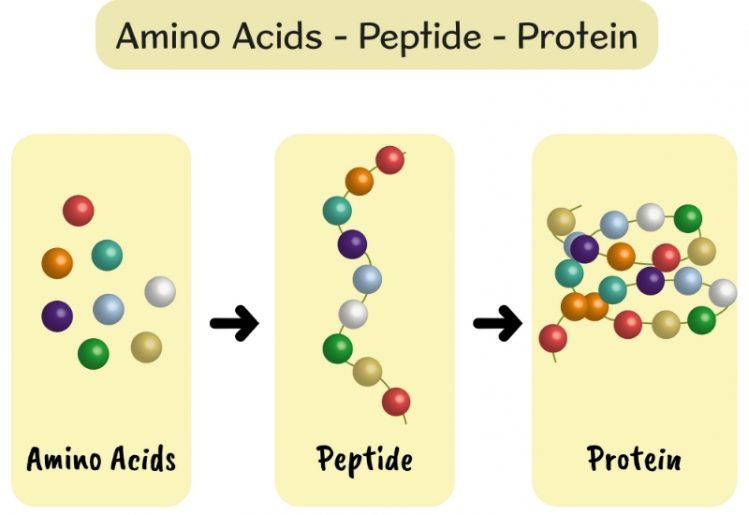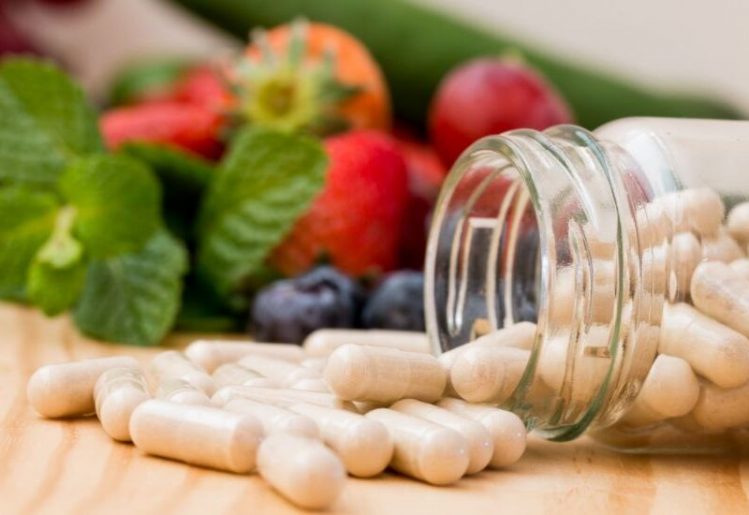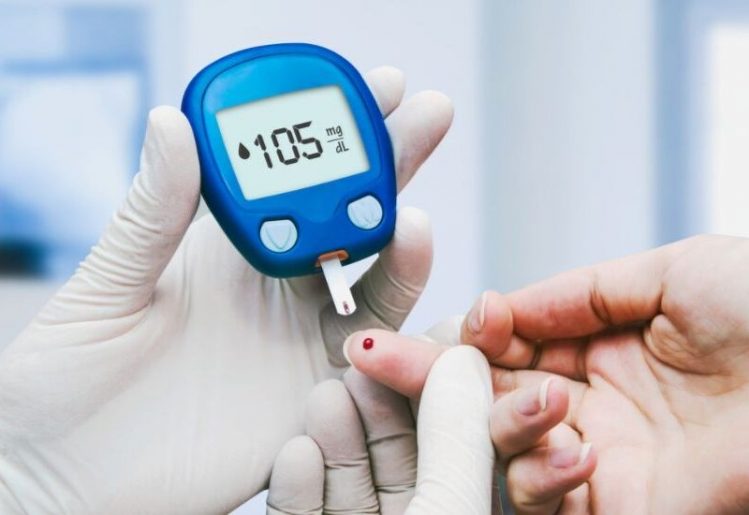New Study Finds Link Between Diallyl Sulfide and Cancer
 A new study sought to examine how eating vegetables that belong to the allium genus (garlic, onions, chives, leeks and the like) affected the development of breast cancer in women living in Puerto Rico. The study, which was conducted at The University of Buffalo in upstate New York, focused on women of that particular area because Puerto Rico has a significantly lower rate of breast cancer than the continental United States. Additionally, “sofrito,” which includes garlic and onion as primary ingredients, is a popular condiment all across Puerto Rico.
A new study sought to examine how eating vegetables that belong to the allium genus (garlic, onions, chives, leeks and the like) affected the development of breast cancer in women living in Puerto Rico. The study, which was conducted at The University of Buffalo in upstate New York, focused on women of that particular area because Puerto Rico has a significantly lower rate of breast cancer than the continental United States. Additionally, “sofrito,” which includes garlic and onion as primary ingredients, is a popular condiment all across Puerto Rico.
As an observational study, this research can’t pinpoint exactly why or how onions and garlic lower the risks of breast cancer. Until more direct research can be conducted, scientists have theorized that there is likely a link between the highly antioxidant vegetable compound diallyl sulfide and cancer. Together with other compounds, such as the S-allylcysteine anddiallyl disulfide found in garlic and the alk(en)yl cysteine sulphoxides found in onions, diallyl sulfide may help protect cellular health when consumed regularly in one’s diet.
Diallyl Sulfide May Benefit Health in Other Ways
 In previous research, scientists found that diallyl sulfide may affect the risk of developing other types of cancer. In an experiment conducted with mice, it was found that the risk of developing colorectal cancer was reduced by 74 percent overall when a 1,2-dimethylhydrazine injection was administered once weekly over a 20-week period. The 1,2-dimethylhydrazine injection contained the same compounds in comparable amounts as those consumed by eating fresh onions and garlic.
In previous research, scientists found that diallyl sulfide may affect the risk of developing other types of cancer. In an experiment conducted with mice, it was found that the risk of developing colorectal cancer was reduced by 74 percent overall when a 1,2-dimethylhydrazine injection was administered once weekly over a 20-week period. The 1,2-dimethylhydrazine injection contained the same compounds in comparable amounts as those consumed by eating fresh onions and garlic.
 A recent research project used particles called peptides to identify how introducing certain molecules into the gut microbiome affected cholesterol levels in the body. Using mice that were fed high-fat diets and bred to develop arterial plaque, the team used peptides to alter the health of the gut microbiome and, in turn, improve cholesterol levels.
A recent research project used particles called peptides to identify how introducing certain molecules into the gut microbiome affected cholesterol levels in the body. Using mice that were fed high-fat diets and bred to develop arterial plaque, the team used peptides to alter the health of the gut microbiome and, in turn, improve cholesterol levels. There are two primary ways to ensure you’re introducing sufficient quantities of probiotics and prebiotics into your gut microbiome. Many
There are two primary ways to ensure you’re introducing sufficient quantities of probiotics and prebiotics into your gut microbiome. Many  It is almost impossible to read the latest health news without learning about the benefits of omega-3 fatty acids. These oils, which are found naturally in fish, flaxseed and a variety of other sources, have been found in studies to have
It is almost impossible to read the latest health news without learning about the benefits of omega-3 fatty acids. These oils, which are found naturally in fish, flaxseed and a variety of other sources, have been found in studies to have  An omega-3 fatty acid supplement is not right for everyone; there are certain people who should talk to their doctor about whether this oily pill should have a permanent place in their medicine cabinet. If you do not regularly eat fatty fish or high omega-3 plant oils, you may want to consider taking a supplement. This essential fatty acid is simply too essential to completely do without.
An omega-3 fatty acid supplement is not right for everyone; there are certain people who should talk to their doctor about whether this oily pill should have a permanent place in their medicine cabinet. If you do not regularly eat fatty fish or high omega-3 plant oils, you may want to consider taking a supplement. This essential fatty acid is simply too essential to completely do without. Several health problems related to
Several health problems related to  It has been established that a healthy diet is essential for good heart health. A good diet should include a range of vitamins and minerals including B vitamins, calcium, magnesium, folic acid and certain amino acids. A Western diet high in processed foods can leave the body depleted of these necessary nutrients.
It has been established that a healthy diet is essential for good heart health. A good diet should include a range of vitamins and minerals including B vitamins, calcium, magnesium, folic acid and certain amino acids. A Western diet high in processed foods can leave the body depleted of these necessary nutrients. Recently, a group of researchers analyzing records from a past Harvard University health study concluded that fruits and veggies reduce death risk from heart disease. These researchers estimate that by eating five or more servings of fruits and vegetables on a daily basis, the risk of developing heart disease may be decreased by up to 20 percent. Surprisingly, eating as much as three servings of fruits and veggies daily did not produce these same health benefits.
Recently, a group of researchers analyzing records from a past Harvard University health study concluded that fruits and veggies reduce death risk from heart disease. These researchers estimate that by eating five or more servings of fruits and vegetables on a daily basis, the risk of developing heart disease may be decreased by up to 20 percent. Surprisingly, eating as much as three servings of fruits and veggies daily did not produce these same health benefits. Currently, there is only limited research looking into the effects of eating fresh fruits on the development and treatment of diabetes. We already know that drinking fruit juice, which has high amounts of added sugar, is hazardous to those with diabetes and those at risk of developing the disease. However, some new research has found that eating fresh fruit, such as apples, blueberries and grapes, actually lowers the risk of developing type 2 diabetes. While fruit juices and fruits preserved in cans are likely to raise the risks of developing diabetes, eating leafy green vegetables and fresh fruit seems to lower those risks for both men and women.
Currently, there is only limited research looking into the effects of eating fresh fruits on the development and treatment of diabetes. We already know that drinking fruit juice, which has high amounts of added sugar, is hazardous to those with diabetes and those at risk of developing the disease. However, some new research has found that eating fresh fruit, such as apples, blueberries and grapes, actually lowers the risk of developing type 2 diabetes. While fruit juices and fruits preserved in cans are likely to raise the risks of developing diabetes, eating leafy green vegetables and fresh fruit seems to lower those risks for both men and women. While there’s much research to suggest that omega-3 fatty acids benefit heart health, a recent study looked at the benefits that another fatty acid, omega-6. This new study, led by Professor Dipak Ramji of Cardiff University, sought to determine how
While there’s much research to suggest that omega-3 fatty acids benefit heart health, a recent study looked at the benefits that another fatty acid, omega-6. This new study, led by Professor Dipak Ramji of Cardiff University, sought to determine how  In a recent observational study that involved reviewing 22 previous studies, a link was found between GLA and rheumatoid arthritis. The GLA was delivered by an increased consumption of evening primrose oil and fish oil. As a result, inflammation and pain was reduced, while subjects reported increased mobility.
In a recent observational study that involved reviewing 22 previous studies, a link was found between GLA and rheumatoid arthritis. The GLA was delivered by an increased consumption of evening primrose oil and fish oil. As a result, inflammation and pain was reduced, while subjects reported increased mobility.